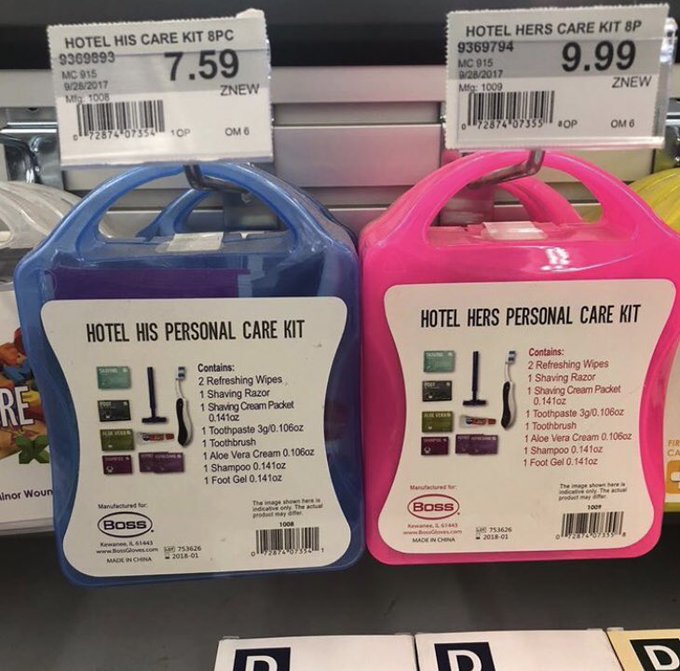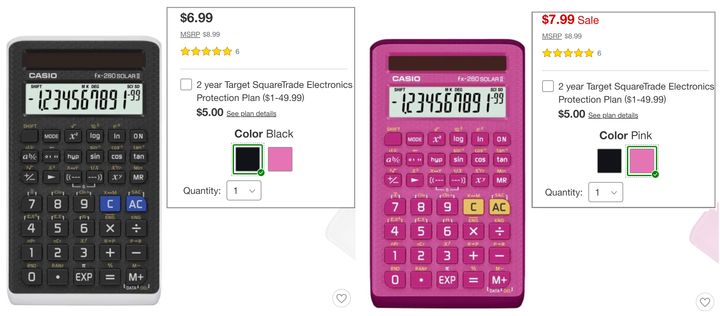It’s tough being a woman. I suspect my best female friend values our friendship the most when I lift heavy objects for her or reach items off the top shelf.
Some are claiming that this gender disadvantage goes beyond the obvious examples and into mundane economics. In other words, women pay more for items simply because they are women. This phenomenon is being call the pink tax — gender-based price discrimination (https://en.wikipedia.org/wiki/Pink_tax).
What got my attention was a recent article, “7 Weird Examples Of How Women Pay More Than Men For The Same Products” by Casey Bond (https://www.huffpost.com/entry/pink-tax examples_l_5d24da77e4b0583e482850f0? ncid=newsltushpmgnews__TheMorningEmail__071119).
The seven examples, found at stores like Target, Walgreens and CVS, are laxatives, earplugs, hotel personal-care kits, calculators, ankle supports, kids’ bicycle helmets, and boys’ and girls’ clothing. One estimate is women pay an extra $1,300 per year for essentially the exact same products as men.


In addition, the article claims the pink tax goes well beyond day-to-day retail. One study found that initial offers made by car dealers to white women were about $200 more than those to white men. It’s even worse for black women, who on average were quoted $400 more than white men.
Of course, not everyone agrees. Google this subject and you’ll find articles like “The Pink Tax is a Myth” (https://www.adamsmith.org/blog/economics/the-pink-tax-is-a-myth), although the picture it shows contradicts the title.
My conclusion is if I were a woman, I would be watching prices very carefully. And pink would not be my favorite color.
